Gelato di crema (and on gelato in general)
Gelato di crema – sometimes described as “vanilla ice cream without vanilla”! Following in the footsteps of the late great Marcella Hazan and her recipe from a restaurant in Bologna, we’ll be testing out this truly classic gelato!
Gelato – what is it?
“Gelato” is a term over which people can – and do – argue endlessly.
There is no single authoritative definition and in Italian, “gelato” simply means “frozen”. Yet, most ice cream lovers probably tend to think about the particular “classic” Italian-style ice cream which (somewhat generalised) is made up of sugar, more milk than cream (if cream is used at all), and – often but not always – eggs. Add to that a slow churning process that ensures a lower air content (“low overrun“, as the ice cream-technical term goes). All this makes the gelato less fatty and yet denser and richer than “ordinary” ice cream. What about classic Sorbetto? Well, sorbetto is sorbet and should traditionally only consist of the flavour (typically fruit) and sugar/sugar syrup.

Heavenly? Many would consider Italian gelato [leaving aside the many variations and lack of a universal definition] to be the very best ice cream the world can offer!
Gelato in ice cream parlours also tend to be kept and served at slightly higher temperatures than “ordinary” ice cream, which allows the gelato to be pleasantly soft from the very first taste – a gelato display freezer holds between -11 to -14° C (about – 24 to -10° F): one reason why home-made gelato which has been stored in your usually much colder kitchen freezer never seldom can compete but will require some prior thawing to reach that soft, pleasant ready-to-eat consistency.
Gelato-lovers often point out that gelatos “taste more/deeper/richer”: a function not only of good-quality ingredients but also of the generally warmer serving temperature and the (relatively) smaller amount of overall fat (yes, fat does carry flavours, but too much can also “dull” them).
A few words on less genuine gelato
Sadly, however, modern day gelato both in Italy and elsewhere is often prepared quite differently. And no, I’m not referring to the common use of traditional and rather “natural” stabilisers such as carob flour and locust bean/guar gum which – at least in my book – does not disqualify a gelato from being “genuine”.
But in far too many places, pre-mixed bags and buckets with industrial-grade ice cream powder, complete with artificial flavouring, colours and cocktails of various stabilisers have largely replaced the artisan ways. And while this “fake-genuine gelato” still may be better than none, I’d personally always search out the “real thing”!

A showcase of different warning-signs that indicate less genuine gelato: heaped piles (requiring lots of stabilisers), bright and fake colours, and drizzled sauces and fruit decoration which often serve to “cover up” the inferior base ingredients used 🙁
Gelato di crema
Some say that genuine gelato excels in the “simple flavours” – offering unmatched experiences with single-flavour scopes of goodness. Gelato di crema is no exception but here, the focus is on the flavour of the very egg-dairy custard itself. Good, rich egg yolks and good-quality milk is therefore essential for the best results.
This makes gelato di crema well suited to enjoy on its own, but it can also be used as a base and “canvas” for other flavours: something which explains why it sometimes has been called “vanilla ice cream without vanilla”.
(Avid readers may already have drawn the parallel to the Italian Fior di latte-tradition, where the flavour-focus is on the milk itself and no eggs are used).
Making it – just as easy as cooking a fine custard base!
Just as there are numerous recipes for most ice cream recipes, gelato di crema is no exception. Here, we will pay respect to the late Marcella Hazan, one of the icons of Italian cuisine, and test the recipe from her equally iconic cookbook “The Essentials of Classic Italian Cooking”. Hazan writes that the recipe – with its particular flavour touch of orange – actually comes from a restaurant in Bologna called Diana.
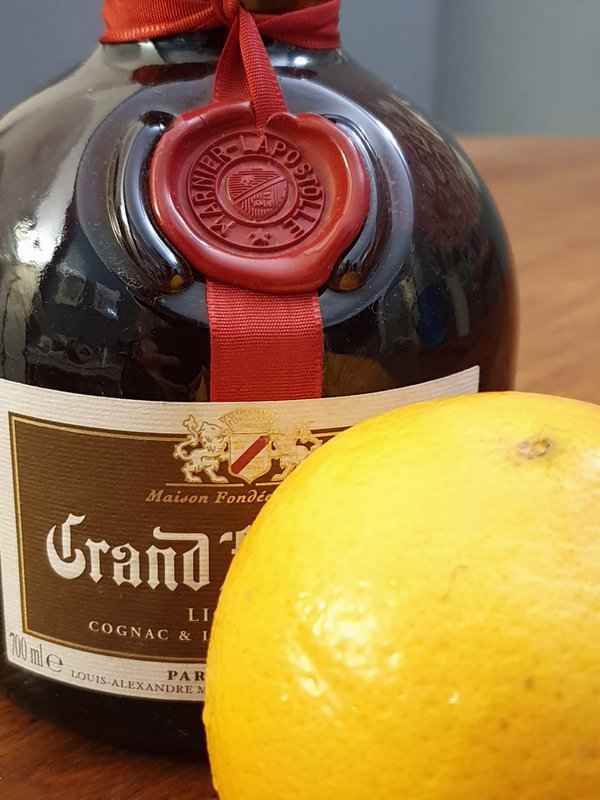
The subtle orange flavour – provided by orange zest and a little Grand Marnier orange liqueur – lends a pleasant touch to the Gelato di Crema. If you don’t want to add any alcohol to your ice cream, compensate by adding some more of the orange zest instead.
While Hazan’s recipe prescribes the “classic” way of making a custard (= the “phased” approach where one starts by beating the sugar and the eggs together and warm the milk separately, then proceeds by adding the warm milk to the egg-sugar mix little by little … etcetera), I took – as usual – a more modern, faster approach: while I actually did start by whisking the egg yolks and the sugar well together, I then simply added the milk (and the orange peel) in one go and began cooking it all together. Of course, those interested in faithfully preparing the custard base in the “classic, fully phased way” can check out the steps in this post 🙂 .
So – let’s start by whisking the egg yolks well together with the sugar.
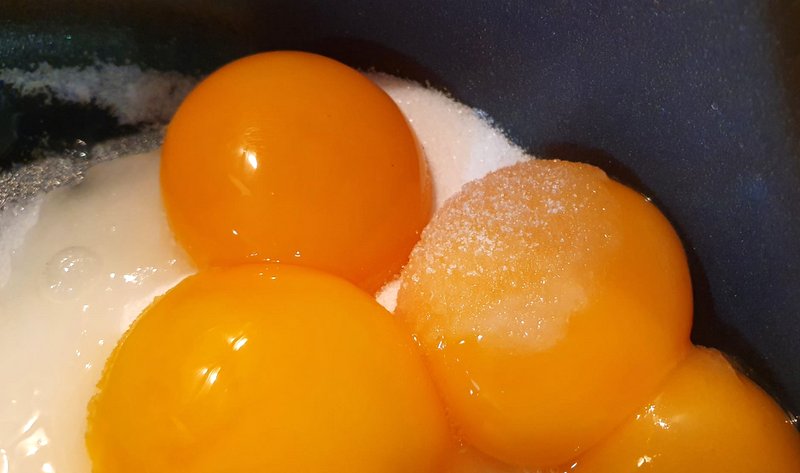
Egg yolks – a classic main-provider of necessary fat and stabilisation in custard ice creams and quite essential in this recipe, which only contains milk and no cream. The sugar is also necessary, not only for the sweetness but also for the overall consistency of the gelato.
Now put the well-whisked egg-sugar mix, the milk and the orange zest together in a saucepan, whisk and turn on the heat.
Continuing to whisk along the way, bring the mix up to the so-called Nappe-stage (about 82-84º Celsius /180-183 º F): at this point, the egg yolks contribute what they can offer in terms of stabilisation and the base should also be duly pasteurised. Towards the end, you can add the liqueur: if you prefer, you can also wait some minutes and add it to the just finished base!
If you are worried about under- or over-cooking your custard base, do like me and use a cooking thermometer to be on the safe side!
Otherwise, kitchen rules of thumbs like the Spoon-test should guide you rather well.
Take the ice cream base off the stove, add the liqueur if you haven’t already, and let cool down – use whatever means you have to make it as fast as possible. I usually make a cooling bath with or without ice cubes in my sink 🙂 .
Once the base has cooled down, let it chill in your refrigerator for some hours and preferably over night. Then churn in your ice cream machine (or still-freeze in your household freezer).
As for many gelatos and ice creams, there is something extraordinary nice about enjoying the gelato di crema freshly churned. However, it stores relatively well in case you prefer to save it for later in your freezer (or simply prefer a somewhat more “solid” gelato).
A worthy gelato classic
It is easy to understand why Gelato di crema has become such a classic: it showcases all the best qualities of Italian gelato: light, smooth, silken-soft and ready to melt in one’s mouth! Hazan’s recipe, with its subtle but delicious taste of orange, is a perfect ending to any stylish dinner but can really be enjoyed at any time when you want to indulge in great ice cream!
What is particularly striking is the fact that this ice cream “only” contains milk and no cream – and yet, the egg yolks still manage to provide the necessary fat and stability, contributing to the silken-smooth texture. As orthodox aficionados tell us, classic gelato is supposed to be prepared and enjoyed the very same day in order to be at its very best. And while that well may be true, it is possible to store this gelato in your freezer longer than that and still find it delightful!
Few of us can make the trip to Italy (at least in these pandemic times) but remember – you are only an orange, some milk, sugar and eggs away from enjoying a blissful scope of la bella Italia!
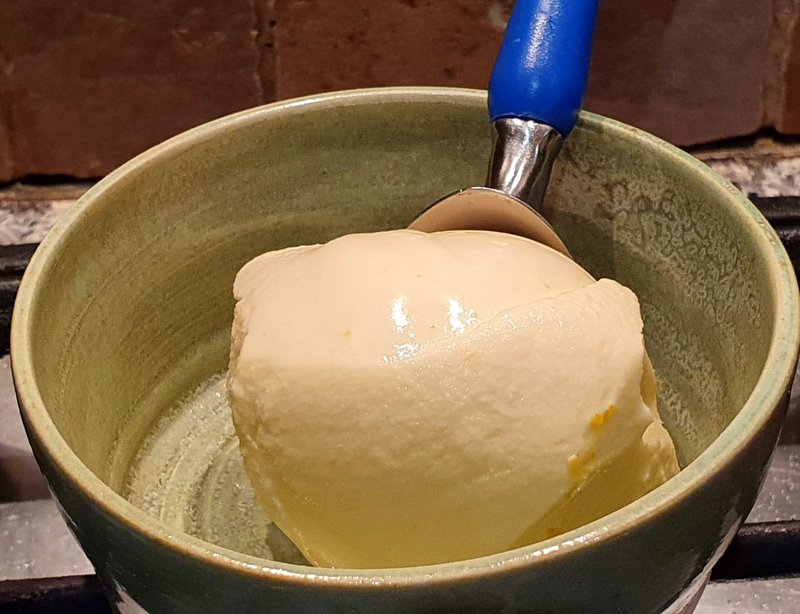
A scope of gelato di crema. Notice the visible pieces of orange peel. Those who wish to use the gelato as a canvas for other flavours should – needless to say – skip the orange parts 😉
- 6 egg yolks
- 170 ml (about 0.7 cup) sugar
- 500 ml (about 2.1 cup) milk
- peel of ½ orange (no white parts!)
- 1 tablespoon Grand Marnier liqueur [OR if you don't want to add alcohol, add some more orange peel instead. While not exactly the same, the orange touch will still be largely similar]
- Combine egg and sugar, beat/whisk well.
- Put the egg-sugar mix, the milk and the orange peel in sauce pan: while whisking, bring to an almost boil (or, to be specific, to the so-called Nappe-stage: about 82-84º Celsius /180-183 º F).
- Add the Grand Marnier (if using), take off from the heat and whisk the base.
- Let the base cool down and then chill in your refrigerator, preferably overnight.
- Churn! (or still-freeze in your freezer in case you have no ice cream machine!)
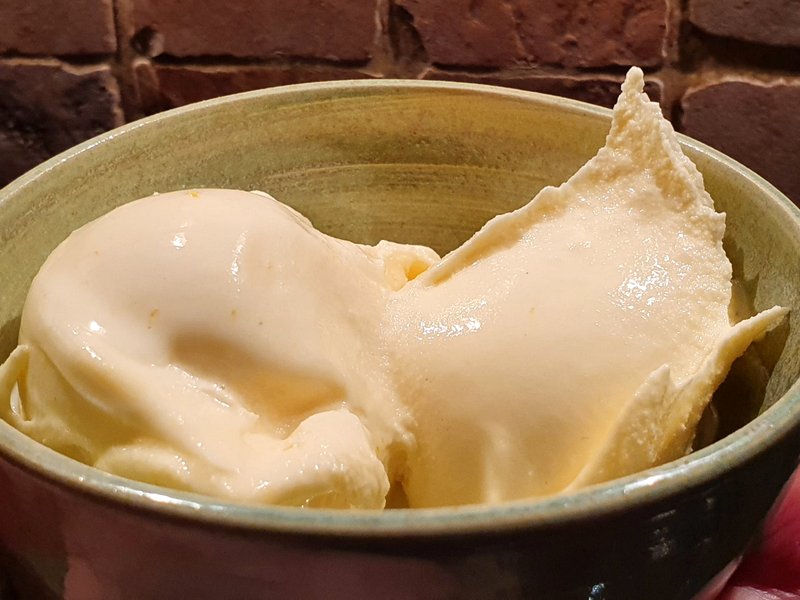

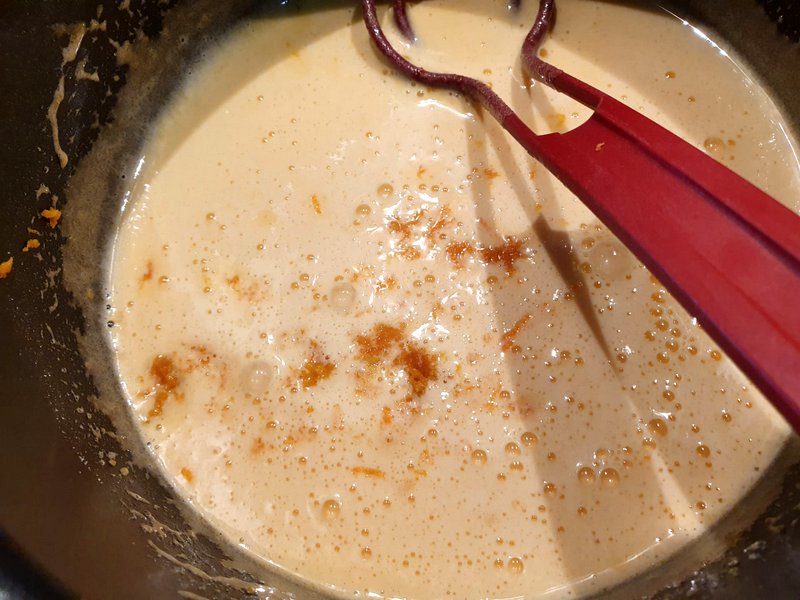
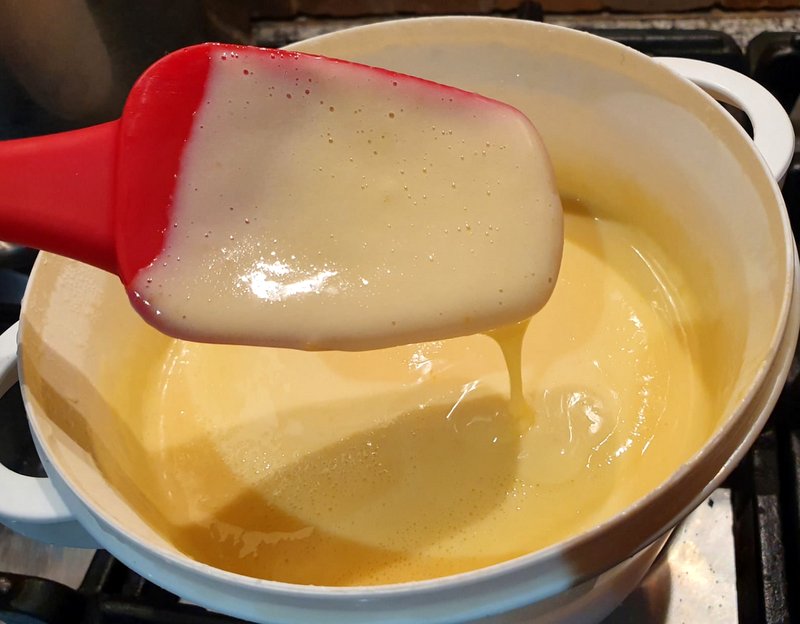
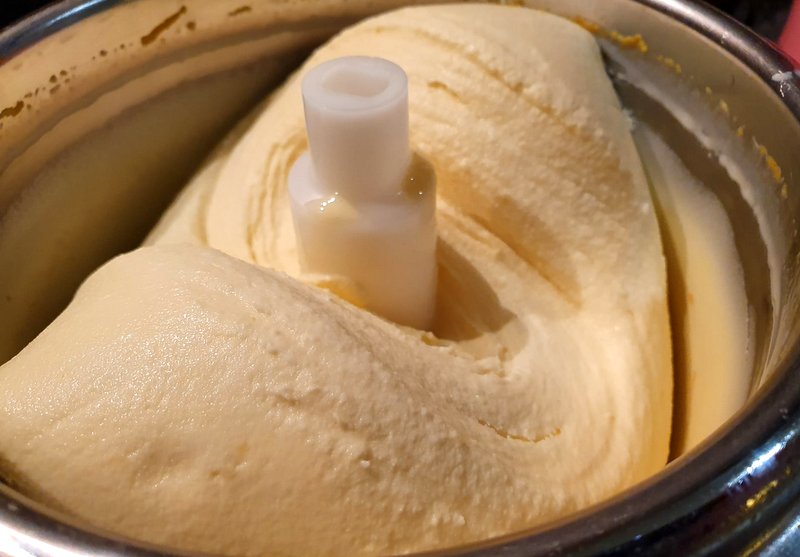
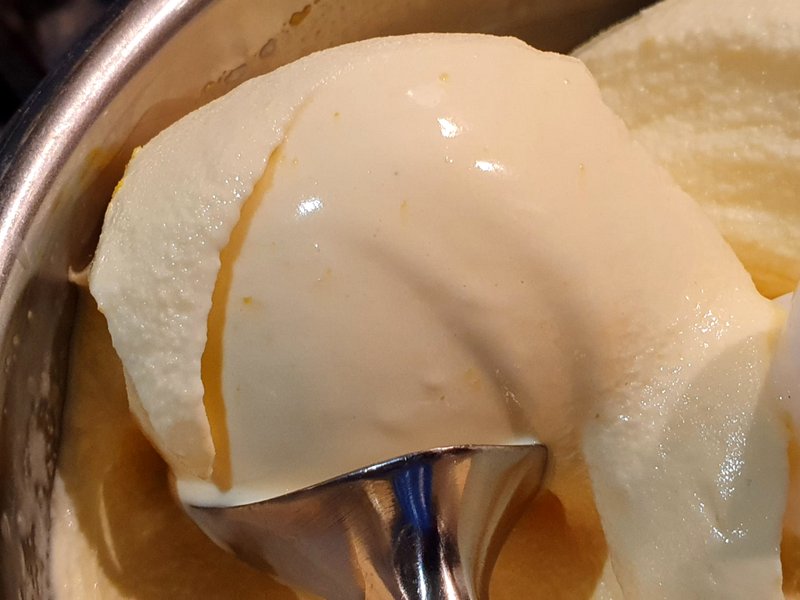
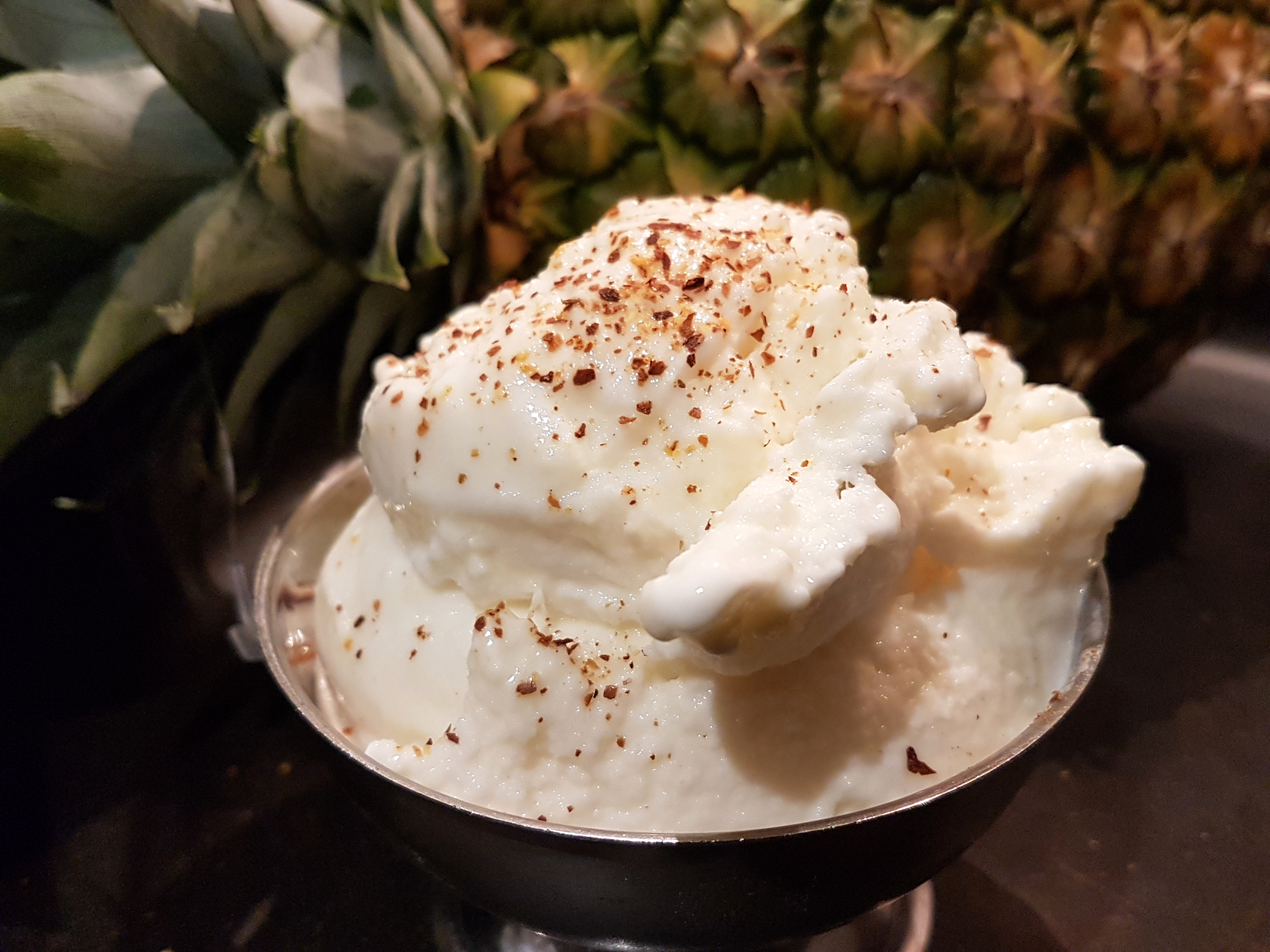
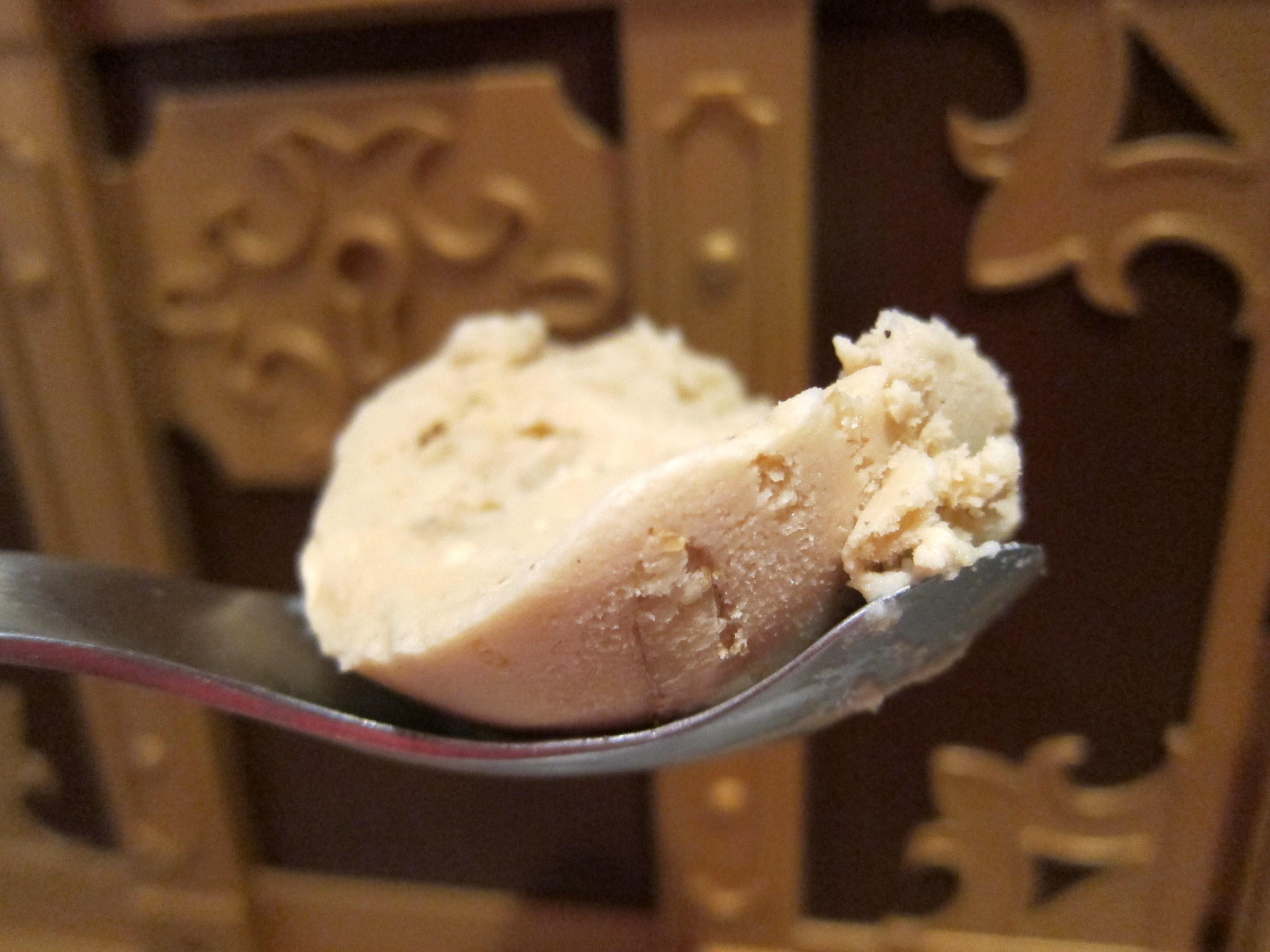
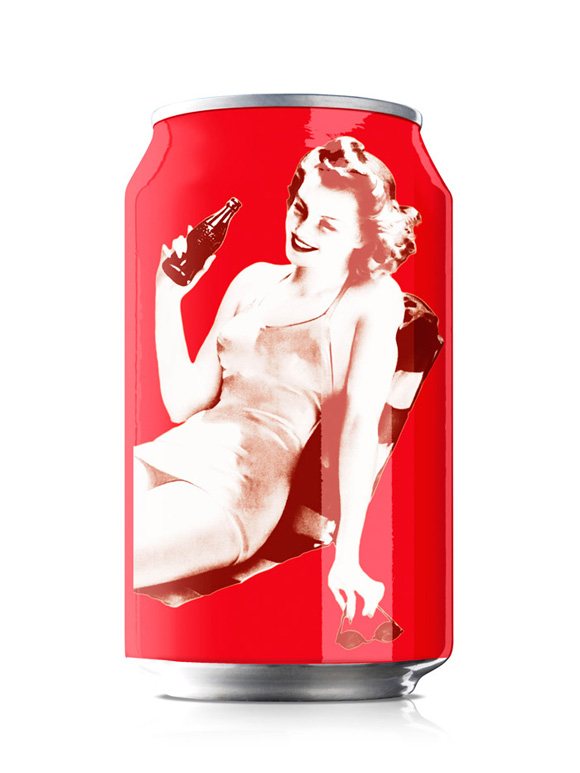


Hej Anders,
Tänkte bara påpeka att din Celsius till Fahrenheit konvertering är fel där i början.
Bra inlägg som vanligt!!!
Jag gjorde en variant av denna och den blev supergod 🙂
Hej Patrik, tack för de värmande orden och roligt att din variant blev god (den såg god ut)!
Och jag ska genast kolla upp så det blir rätt temperaturer 🙂
So clear and informative to me. I got the one I need from this post! Thank you for sharing!